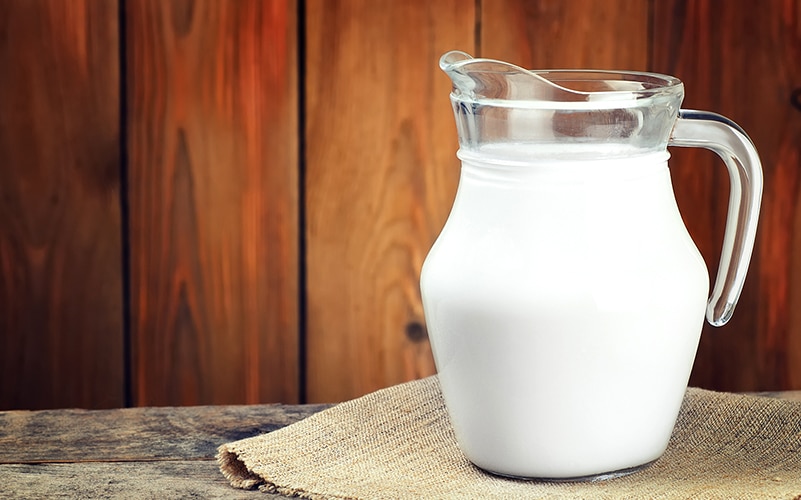A Guide to the Different Types of Milk and Their Nutritional Benefits
Milk is part of everyday routines. It is poured into breakfast bowls, added to coffee before morning meetings, and blended into smoothies after an evening walk. For many Malaysians, milk is not just food, it is comfort. Nestlé recognises this connection and offers a wide range of milk products to suit different tastes and health needs. Understanding which type of milk is right for your body can help you make better choices for your family and lifestyle.
Why the Right Type of Milk Matters

Each milk type has a unique profile. Cow’s milk, for example, is rich in nutrients but may not suit everyone. Plant-based options like oat and soy milk have become popular for their light texture and lactose-free benefits. Choosing the right milk begins with understanding your own needs, whether it’s more calcium for strong bones, fewer calories to manage weight, or higher protein for daily energy.
Dairy-Based Milk Options

Cow’s milk is widely consumed and offered in full cream, low-fat, and skimmed varieties. It provides calcium, protein, and vitamin D, which support bone strength and muscle development. Full cream milk like Nestlé EVERYDAY® is a great choice for families looking for wholesome nutrition, while low-fat or skimmed versions may suit those aiming for lighter daily intake. Goat’s milk has a distinct taste and is naturally rich in medium-chain fatty acids, which are easier to digest. It is a good option for those with mild lactose sensitivity but still wanting a dairy source of calcium and protein.
Popular Plant-Based Milk Options
Soy milk is a top choice for those who want a plant-based type of milk with high protein content. It contains all essential amino acids and is often fortified with calcium and vitamins. Oat milk is another popular type of milk that is smooth and slightly sweet, often preferred in coffee or cereal. It is low in cholesterol and can support heart health, making it a suitable choice for adults who want a plant-based alternative without compromising taste. Almond milk is a lighter type of milk with fewer calories. It is enriched with vitamin E and calcium and fits well into calorie-conscious diets. Coconut milk, in beverage form, is also a plant-based type of milk, often fortified and chosen for its tropical taste and ease of digestion, although it contains less protein compared to other options.
How to Choose the Right Types of Milk for You

Think about your goals when selecting a suitable type of milk. For protein-rich diets, cow’s milk or soy milk is a good fit. If you're looking to manage weight or reduce cholesterol, almond milk or skimmed milk might be better. Those avoiding lactose may find oat or plant-based options more suitable. If convenience and trusted quality are priorities, Nestlé milk brands like NESPRAY®, MILO® UHT with milk, and Nestlé Omega offer added benefits such as iron, heart health support, and bone-strengthening nutrients that are easy to include in your day.
Choosing Types of Milk That Fits Your Lifestyle

Choosing milk is a small daily decision that carries long-term impact. Whether it’s a packet of Nestlé EVERYDAY® added to a child’s hot chocolate or MILO® before school, milk continues to nourish routines in simple but meaningful ways. With many types available and brands you can trust, finding the right one is now easier than ever. Take a moment to consider your health goals and enjoy milk in a way that suits your life.







